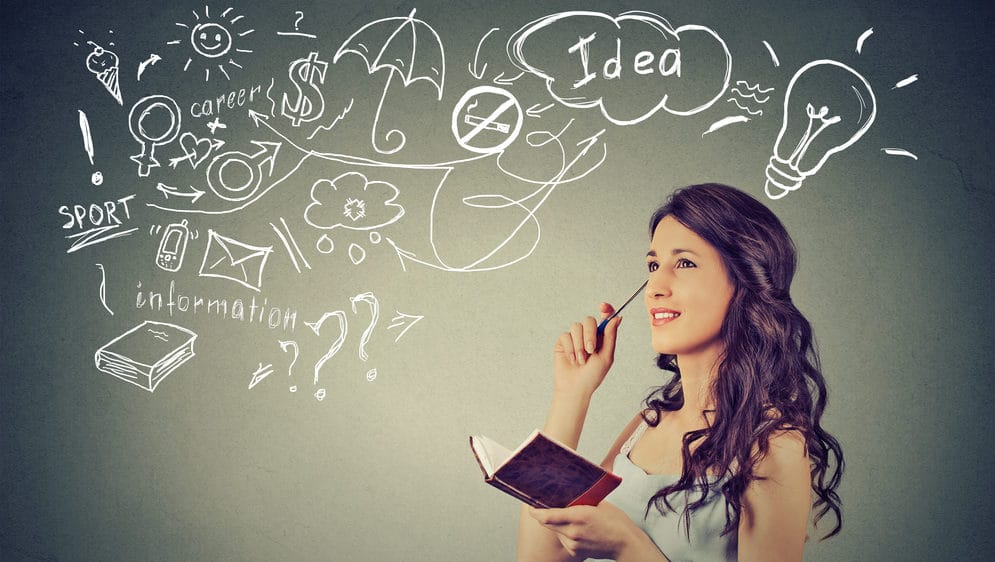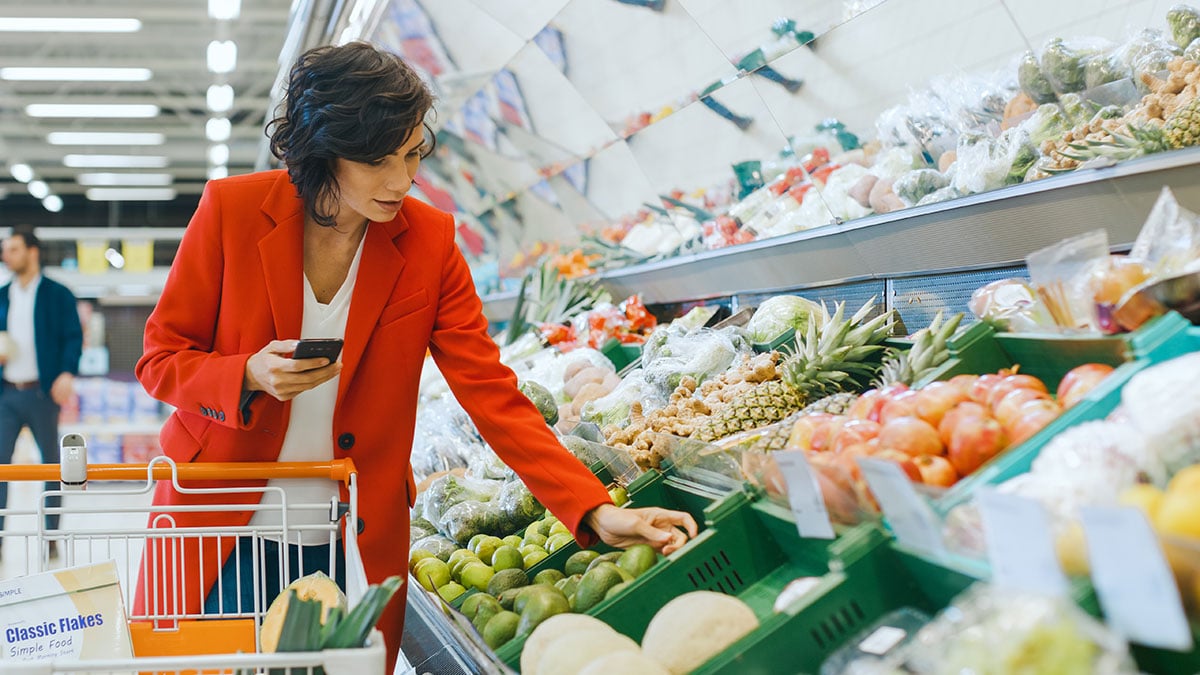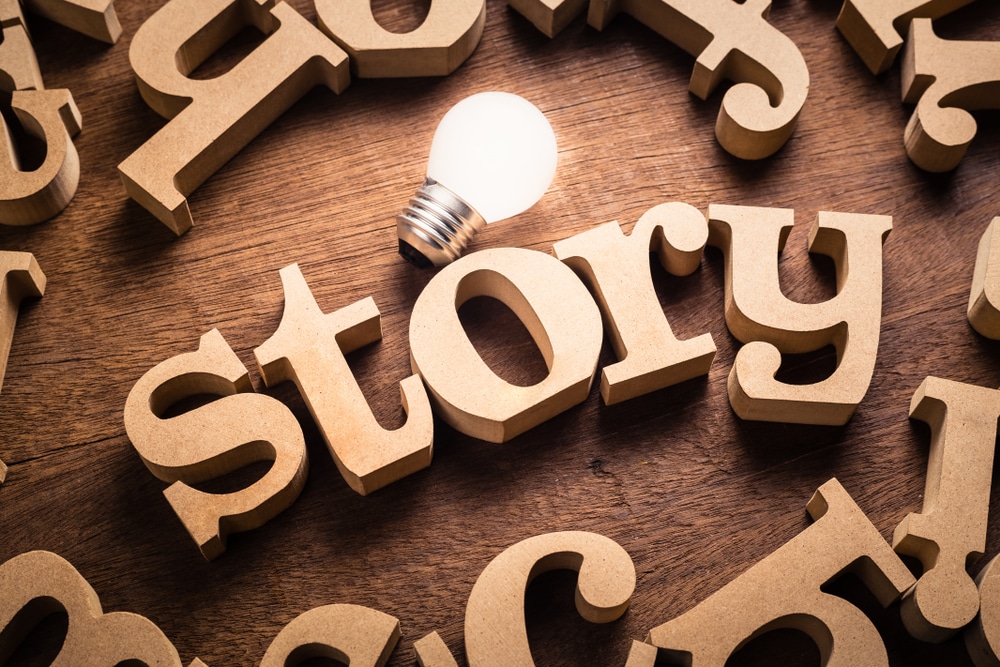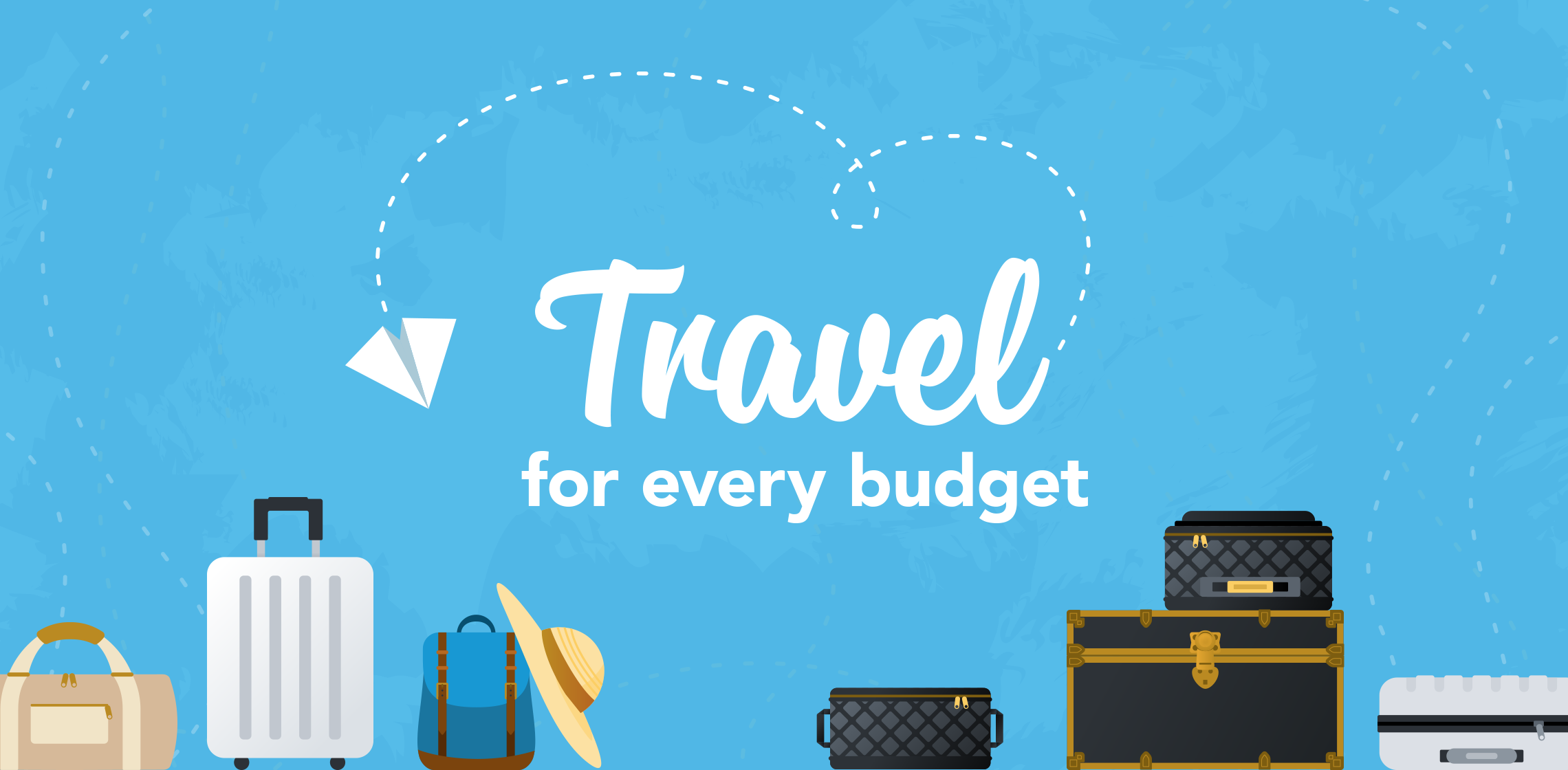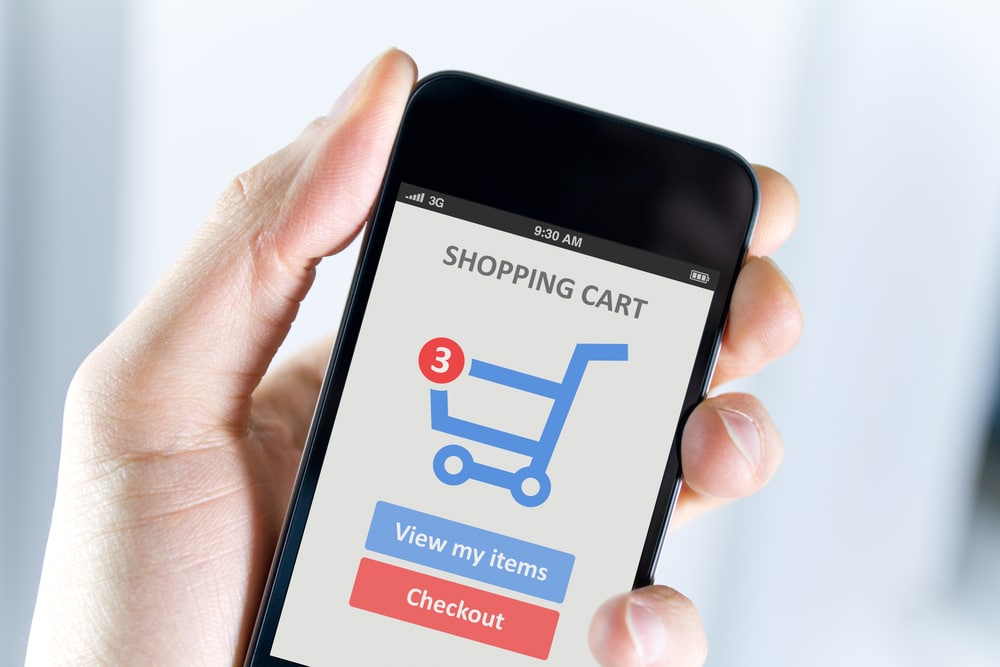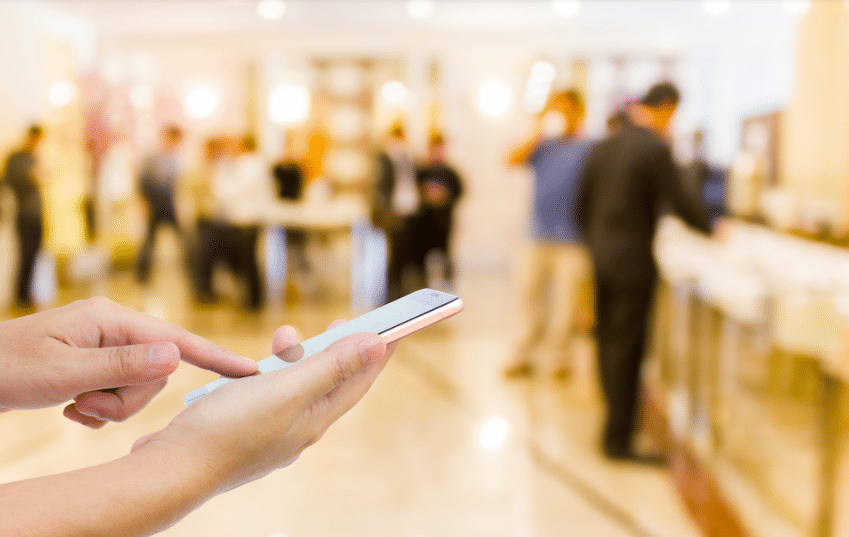Understanding the factors influencing consumer behavior
When it comes to CPG purchases, consumers can change their minds very quickly because oftentimes the purchase isn’t seen as something with long-term consequences. The low price point of these products makes consumers more willing to try new things and deviate from their existing purchase patterns. Brands can further drive purchase decisions by offering rewards programs and incentives that encourage consumers to test out new products.
Breaking Down the Factors Influencing Consumer Behavior
Cracking the code to consumer behavior has long been a goal of marketers. By understanding why they purchase, marketers can address those issues and improve advertising. The factors that influence consumer behavior can be broken down into four comprehensive categories.
Market culture:
The culture within the market will determine the consumer’s overall desire for a particular product. For example, a discount baby supply store would not likely do well in a neighborhood populated with millionaire retirees, but would be an excellent addition to a community where a lot of middle-class families live, perhaps near an elementary or nursery school. The market in that particular area would likely be rife with potential consumers, while the retiree’s neighborhood wouldn’t have as many.
Social circles:
People are tied together through the individuals they affiliate with, be it family members or just those who share the same hobbies and interests. Within these social circles will be individuals who make purchase decisions, those who influence purchase decisions, and those who follow them. Consider a traditional nuclear family. One parent might request certain products at the store; the other will do the shopping and take their requests into account. Meanwhile, the children in the household will accept the decisions made between the decision maker and influencer, and later on may choose those brands because they were introduced to them by their parents.
Personal preferences:
Personal preferences are the conscious things people choose for themselves, like the brands they’re loyal to as well as the products they avoid. These preferences often change with age and life circumstances. They can also be impacted by consumers social circles, and the culture in the market where they live. Brands that market to niche groups, like challenger brands, often focus strictly on personal preferences as a matter of marketing as this provides a more authentic feel to advertising.
Psychological triggers:
Psychological triggers can tie into personal preference, but really, they’re about subconscious decisions rather than active ones. Things consumers see, hear, taste, touch, and smell, can trigger positive or negative reactions which brands can use to drive sales. Consider how many brands use the color blue prominently in their logos. The color triggers a feeling of trust and security which brands can impart to their products by using it in their advertising.
Catering to a Culture With Location-Based Mobile Marketing
Location-based mobile marketing allows brands to connect with a specific community and engage users based on the culture of that community. Levi’s gave us a prime example of this when they partnered with Disney and Snapchat on a location-based augmented reality campaign.
Visitors to the store received a Snapchat notification through which they could access a limited time deal. Through an augmented reality feature, they were able to see and even virtually try on a Disney-themed Levi’s hat while at the location. Additionally, shoppers could order the hat through the Snapchat app and have it delivered to their hotel as a souvenir from their vacation.
Exclusivity and an understanding of the market culture helped to make this campaign a success. This is a strategy other brands can leverage by understanding their unique selling points and how they impact the market where they are available. By providing a location-based, limited-time deal, brands can drive consumers to make purchases and enhance the customer experience.
Engaging Social Circles With Interactive Campaigns
Many brands choose to work with influencers to reach a wider audience. However, such relationships don’t always pay off, as influencers may not have the capacity to inspire people to make purchases. It’s far more likely that individuals will be interested in the opinions of those they know. In fact, nearly half of consumers say that recommendations from friends and family members have driven their decision to make purchases.
This is something that Kellogg’s leveraged with their Super Bowl LIII ad for their chip brand Pringles. The brand ran an interactive, livestreaming connected TV (CTV) campaign during the Super Bowl. The campaign served two versions of shoppable experiences, allowing viewers to interact with them via the CBS Sports app on Apple TV. One version of the campaign, which changed a city name based on a user’s geography and revealed different Pringles chip combinations upon swiping, generated over 6.4% engagement.
This strategy helped consumers remember the brand and participate, which also drove them to discuss it with friends and family who could be influenced by the second-hand knowledge. Additionally, the campaign reached consumers on a personal level. Such personalization humanizes brands and creates a connection which can drive purchases.
Using Personalization to Connect With Consumers
Personalization is a bit of a buzzword in the marketing space, and there are many definitions of what qualifies as “personalized.” For some brands, it may mean merely adding the recipient’s name to the beginning of an email. To others, it might include targeted messages that take into account their favorite brands and previous search history.
Registries are an excellent opportunity to both connect with consumers and gain the attention of their friends and family members. By adding an intelligent chatbot, Walmart made themselves stand out in a competitive space.
Creating a Positive Consumer Experience Through Virtual Greetings
One of the final factors influencing consumer behavior comes from psychological triggers. Colors, smells, and even feelings can put consumers in a positive purchase mindset which drives them to make purchases.
This is a strategy that Shopkick leverages in many of its campaigns, by using branded entrance messages to create both a positive experience for the consumers and top-of-mind awareness for brands. Bomb Pop chose to partner with Shopkick for such a campaign in the lead up to the Fourth of July.
It’s possible to leverage multiple factors influencing consumer behavior to drive sales through a single campaign. Often, in attempting to target one of these factors, brands cross over into other areas. As such, these strategies are ideal for reaching consumers on multiple fronts, whether brands want to trigger certain psychological behaviors or connect to an entire market. By reviewing some successful marketing campaigns related to these factors, brands can better understand consumer purchase behaviors to improve their sales overall.



